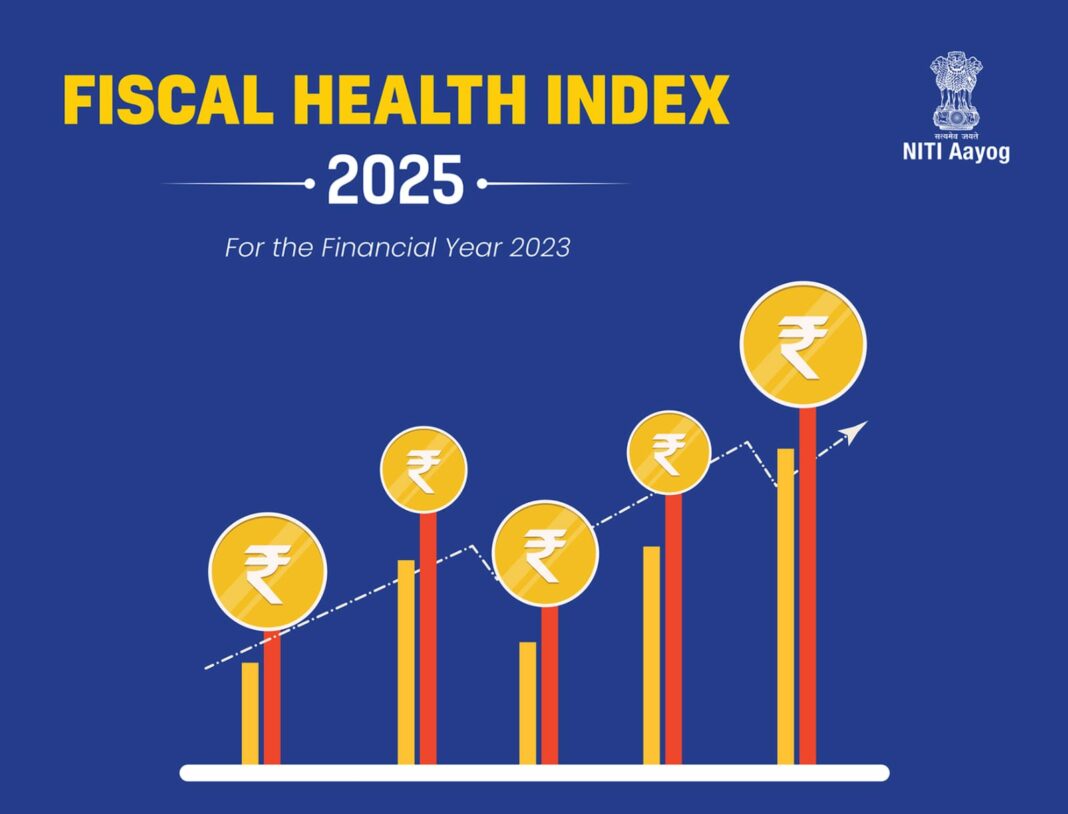Svamitva Yojana – UPSC PRELIMS POINTER
Why in Discussion?
Prime Minister Narendra Modi recently made an important statement that under the central government’s Svamitva Yojana, when property cards will be distributed across all villages in the country, it could lead to the initiation of over ₹100 lakh crore in economic activities.
The announcement of property card distribution under the Svamitva Yojana, presented by Prime Minister Narendra Modi, is a historic step for rural India. This scheme aims to provide legal ownership rights for rural residents’ properties, not only clarifying personal property rights but also boosting related economic activities. Let us explore a detailed analysis of this scheme:
Background:
Prime Minister Modi addressed a program via video conferencing where over 65 lakh property cards were distributed to more than 50,000 villages’ property owners.
Objective of the Svamitva Yojana:
The primary objective of the Svamitva Yojana is to legally clarify land and property rights in rural areas. Under this scheme, rural residents will be granted ownership rights for their properties and will be provided with valid property documents. This will make it easier for them to access government schemes and financial aid.
Distribution of Property Cards:
Under the Svamitva Yojana, property cards will be distributed, which will serve as legal proof of ownership for rural residents. These cards will act as property documents, which people can use to authenticate their ownership. With these cards, rural residents will have a clear legal document of their property ownership, making it easier for them to secure loans from financial institutions and avail benefits of other government schemes.
Increase in Economic Activities:
Prime Minister Modi stated that when property cards are distributed across all villages in the country, over ₹100 lakh crore in economic activities could be initiated. This is because when rural residents have legal proof of their property ownership, they will be able to utilize their properties more effectively. This will enable them to secure bank loans, start businesses, and participate in other economic activities.
The distribution of property cards under the Svamitva Yojana will not only increase financial inclusion in rural areas but will also help small traders, farmers, and other rural people in obtaining economic assistance. As a result, rural economies will gain momentum, and more commercial activities will be initiated.
Self-Reliant India and Digital Reform:
Another major benefit of this scheme is that it will increase the use of digital technology in rural India. The distribution of property cards will be done digitally, thus promoting digital literacy and contributing to the goal of Digital India. Additionally, this scheme will empower the formal banking system in rural areas, making a significant step towards making the country self-reliant.
Benefits of Svamitva Yojana:
- Certification of Property Rights: Rural residents will receive legal proof of their property, reducing land disputes and ensuring clear identification of property ownership.
- Financial Inclusion: With property cards, rural people will now be able to secure loans from financial institutions, which was not possible before. This will enable them to pursue entrepreneurship and other economic activities.
- Local Development: As people will be able to use their properties, it will promote business activities and lead to growth in local markets. This will also create more job opportunities in rural areas.
- Increase in Digital Literacy: This scheme will provide rural residents the ability to access information about their properties on digital platforms, enhancing digital literacy.
- Land Reforms: This scheme will promote land reforms, solving property-related issues in rural areas.
Potential Challenges:
- Lack of Digital Literacy: While this scheme will be implemented digitally, many rural areas may face challenges such as slow internet speed and lack of digital literacy, making the implementation difficult.
- Errors and Disputes in Property Documents: In some areas, there may be errors in land documents, which could be challenging to resolve. Additionally, there may be land disputes in certain regions that may take time to settle.
- Effective Implementation: Ensuring effective implementation and the reach of property cards to all villages can be a major challenge, particularly in villages with administrative system and resource constraints.
Conclusion:
The Svamitva Yojana has the potential to bring significant change in rural areas of the country. It will not only confirm property rights but will also boost the local economy. Although there may be some challenges in its implementation, if executed correctly, this scheme can play a crucial role in empowering the Indian economy.



 Learn With MS
Learn With MS
Post Comment